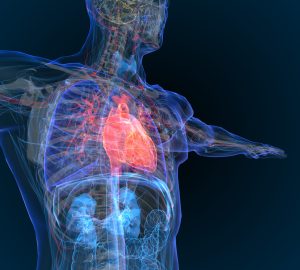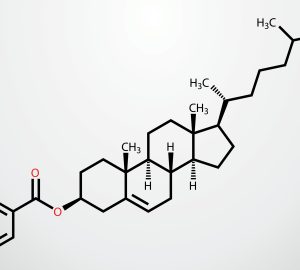nfl & painkillers
Researchers at Washington University School of Medicine reveal a correlation between the injuries associated with football and long-term use and abuse of painkillers. The study, published online in the journal, Drug and Alcohol Dependence, found that 7 percent of 644 former NFL players who retired between 1979 and 2006 were currently using painkilling opioid drugs. That’s more than four times the rate of opioid use in the general population. “We asked about medications they used during their careers and whether they used the drugs as prescribed, or had ever taken them in a different way or for different reasons,” says principal investigator Linda B. Cottler, professor of epidemiology in psychiatry. “More than half used opioids, and 71 percent had misused the drugs, that is, taken them in a different way than prescribed, or taken painkillers that were prescribed for someone else.” Cottler says it’s not clear from the study whether retired players became dependent on the drugs, but results imply that retired NFL players continue to live with a lot of pain, she says. Medications that fall within this class of drugs include morphine, Vicodin, codeine and oxycodone.
PTSD & heart health
A Saint Louis University researcher has received an NIH grant to study the effects of PTSD on heart health. “Following the wars in Iraq and Afghanistan, veterans with PTSD have an approximate two-fold increase in hypertension, dyslipidemia, diabetes and ischemic heart disease,” says Jeffrey Scherrer, Ph.D., and associate professor in family and community Medicine. “Controlling for depression, anxiety and cardiac risk, women with five or more PTSD symptoms in a 14-year prospective study were more than three times as likely to develop coronary heart disease compared to a non-PTSD control group.” The study takes into account unhealthy coping behaviors among veterans (inactivity, poor nutrition and chemical dependency), and seeks to determine whether patients who have been treated successfully for PTSD are more likely to adopt a healthier lifestyle.
If the research finds that a diagnosis of PTSD remains a risk factor for cardiovascular and metabolic disease despite improved health behaviors, Scherrer says lifelong aggressive monitoring of these patients would be warranted. The $2,348,320 grant came from the NIH’s National Heart, Lung, and Blood Institute.
fountain of youth
Scientists at Washington University School of Medicine may have unlocked a secret to the aging process. Recognizing that a cell’s ability to produce energy declines with age and that energy is a key player in aging, researchers may have found a natural compound that slows the clock. The compound NMN (nicotinamide mononucleotide), added to water and given to mice, appears to reduce typical signs of aging like gradual weight gain, loss of insulin sensitivity and decline in physical activity. “This means older mice have metabolism and energy levels resembling that of younger mice,” says Dr. Shin-Ichiro Imai, professor of developmental biology. “Since human cells rely on this same energy production process, we are hopeful this will translate into a method to help people remain healthier as they age.” NMN can be given safely to mice and is found naturally in a number of foods, including broccoli, cabbage, cucumber, edamame and avocado. When it is dissolved in water and fed to mice, it appears in the bloodstream in 3 minutes and is converted to NAD (nicotinamide adenine dinucleotide), a key element of energy production. Imai is working with researchers to conduct a clinical trial testing the safety of NMN in healthy humans. Phase 1 began this year at Keio University School of Medicine in Tokyo.








